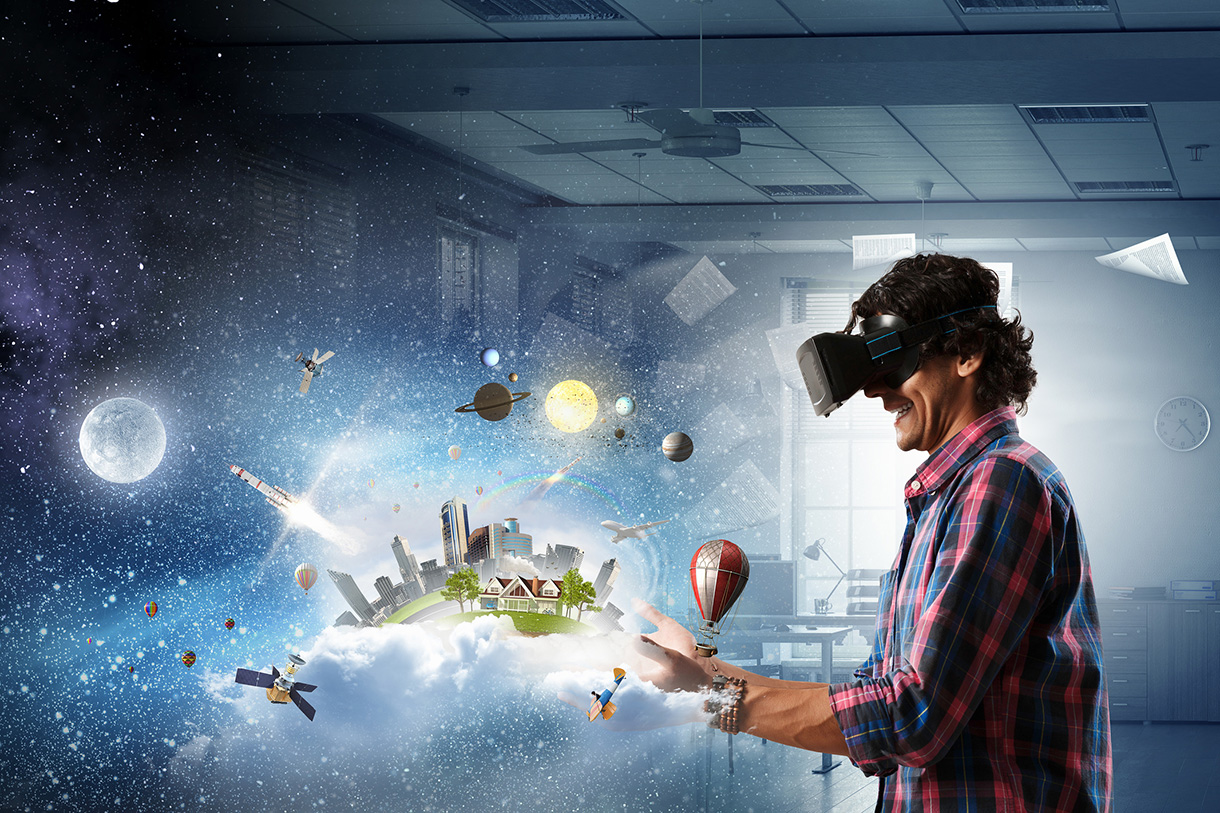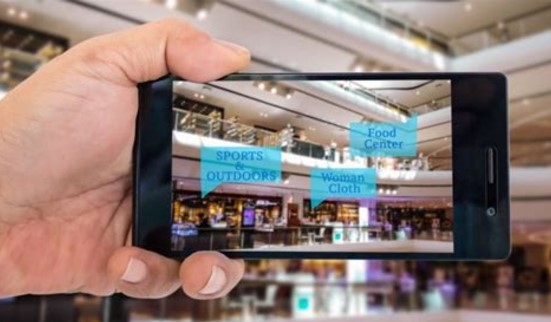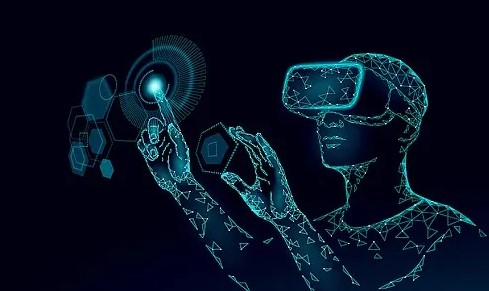The Impact of Augmented Reality and Virtual Reality
February 7, 2025

Augmented Reality (AR) and Virtual Reality (VR) are revolutionizing how we experience the world, transforming everything from training and education to customer engagement. As these technologies continue to evolve, organizations across various sectors are finding innovative ways to harness their potential. In this blog, we’ll delve into the use cases of AR/VR in training and education, explore the future of AR/VR in customer engagement, and discuss the technical considerations for successful implementation.
Use Cases of AR/VR in Training and Education
- Simulated Environments for Skill Development
AR and VR create immersive environments that allow learners to practice skills in a safe, controlled setting. For instance, medical students can use VR simulations to practice surgeries without the risks associated with real-life procedures. This hands-on experience enhances learning retention and builds confidence in skills.
- Interactive Learning Experiences
AR can enhance traditional learning by overlaying digital information onto the real world. For example, students studying anatomy can use AR apps to visualize 3D models of the human body, providing a more interactive and engaging way to learn complex concepts.
- Remote Learning Solutions
With the rise of remote learning, AR and VR provide innovative solutions to engage students virtually. VR classrooms allow learners to interact with peers and instructors in a simulated environment, fostering collaboration and social interaction that can be lacking in standard online courses.
- Corporate Training Programs
Many companies are leveraging AR and VR for employee training. For instance, VR can simulate customer service scenarios, allowing employees to practice handling difficult situations in a risk-free environment. This approach not only enhances skill development but also improves employee satisfaction and retention.
- Field Trips and Experiential Learning
AR and VR can bring field trips directly to students, allowing them to explore historical sites, museums, or natural wonders without leaving the classroom. This accessibility broadens learning opportunities and sparks curiosity, particularly for students who may not have the means to travel.

The Future of AR/VR in Customer Engagement
- Enhanced Shopping Experiences
AR is transforming the retail landscape by allowing customers to visualize products in their own environments before making a purchase. For example, furniture retailers like IKEA offer AR apps that enable users to see how a piece of furniture would look in their home, significantly enhancing the shopping experience.
- Immersive Brand Experiences
Brands are using VR to create immersive experiences that deepen customer engagement. Virtual reality showrooms and events allow customers to interact with products and services in a fully immersive way, creating memorable experiences that foster brand loyalty.
- Personalized Marketing Strategies
AR and VR can facilitate personalized marketing efforts by tailoring experiences to individual preferences. For instance, AR apps can recommend products based on a user’s past purchases or interests, enhancing the likelihood of conversion and customer satisfaction.
- Virtual Try-Ons
In the fashion and beauty industries, virtual try-ons have become a game-changer. Customers can use AR to try on clothing, accessories, or makeup virtually, allowing them to make informed purchasing decisions and reducing the likelihood of returns.
- Gamification of Customer Engagement
Integrating gamification into AR/VR experiences can further enhance customer engagement. Brands can create interactive games or challenges that encourage customers to explore their products and services, driving both engagement and sales.

Technical Considerations for AR/VR Implementation
- Hardware Requirements
Implementing AR/VR solutions requires a thorough understanding of hardware needs. This includes VR headsets, AR-enabled devices, and potentially specialized equipment for development. Organizations must assess their budget and ensure they have the necessary infrastructure to support these technologies.
- Software Development
Developing AR/VR applications involves specialized skills and expertise. Organizations may need to hire developers with experience in AR/VR programming languages and tools such as Unity or Unreal Engine. It’s essential to plan for the software development lifecycle, including testing and iteration.
- User Experience Design
Creating a seamless and intuitive user experience is critical for the success of AR/VR applications. This involves designing interfaces that are easy to navigate and engaging for users. Conducting user testing during development can provide valuable insights into how to optimize the experience.
- Integration with Existing Systems
AR/VR solutions should integrate smoothly with existing systems and processes. Organizations must consider how these technologies will work with their current software, databases, and workflows to avoid disruption and maximize efficiency.
- Data Privacy and Security
As with any technology, data privacy and security are paramount. Organizations must ensure that user data is protected and that any AR/VR applications comply with relevant regulations. Implementing strong security measures and clear data policies is essential to building trust with users.
Augmented and Virtual Reality are poised to transform various sectors by enhancing training and education, revolutionizing customer engagement, and providing innovative solutions for businesses. As organizations explore the potential of AR and VR, understanding their use cases and the technical considerations for implementation will be crucial for success. By embracing these technologies, businesses can create immersive experiences that captivate audiences, enhance learning, and drive innovation in a rapidly evolving digital landscape. The future of AR and VR is bright, and the possibilities are limited only by our imagination.

Have Any Question?
Call or email Cocha. We can help with your cybersecurity needs!
- (281) 607-0616
- info@cochatechnology.com




